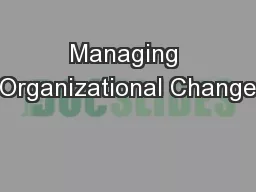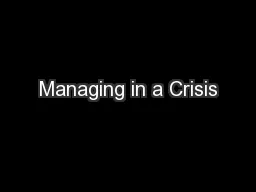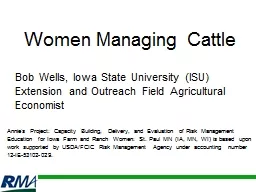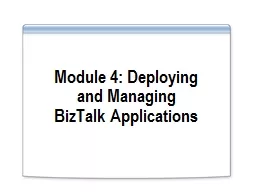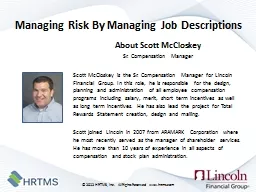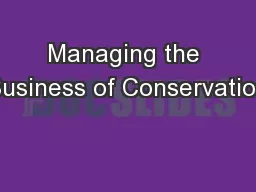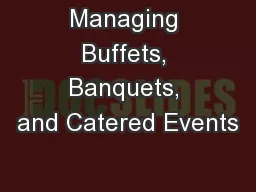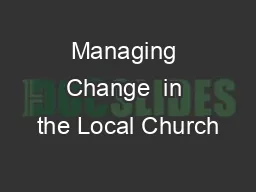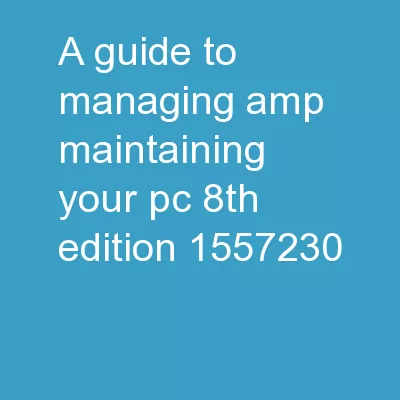PPT-August 2015 Module 5: Managing
Author : genevieve | Published Date : 2023-09-25
the team Public Health Incident Leadership Describe the difference between management objectives and incident objectives Describe how to link objectives with response
Presentation Embed Code
Download Presentation
Download Presentation The PPT/PDF document "August 2015 Module 5: Managing" is the property of its rightful owner. Permission is granted to download and print the materials on this website for personal, non-commercial use only, and to display it on your personal computer provided you do not modify the materials and that you retain all copyright notices contained in the materials. By downloading content from our website, you accept the terms of this agreement.
August 2015 Module 5: Managing: Transcript
Download Rules Of Document
"August 2015 Module 5: Managing"The content belongs to its owner. You may download and print it for personal use, without modification, and keep all copyright notices. By downloading, you agree to these terms.
Related Documents

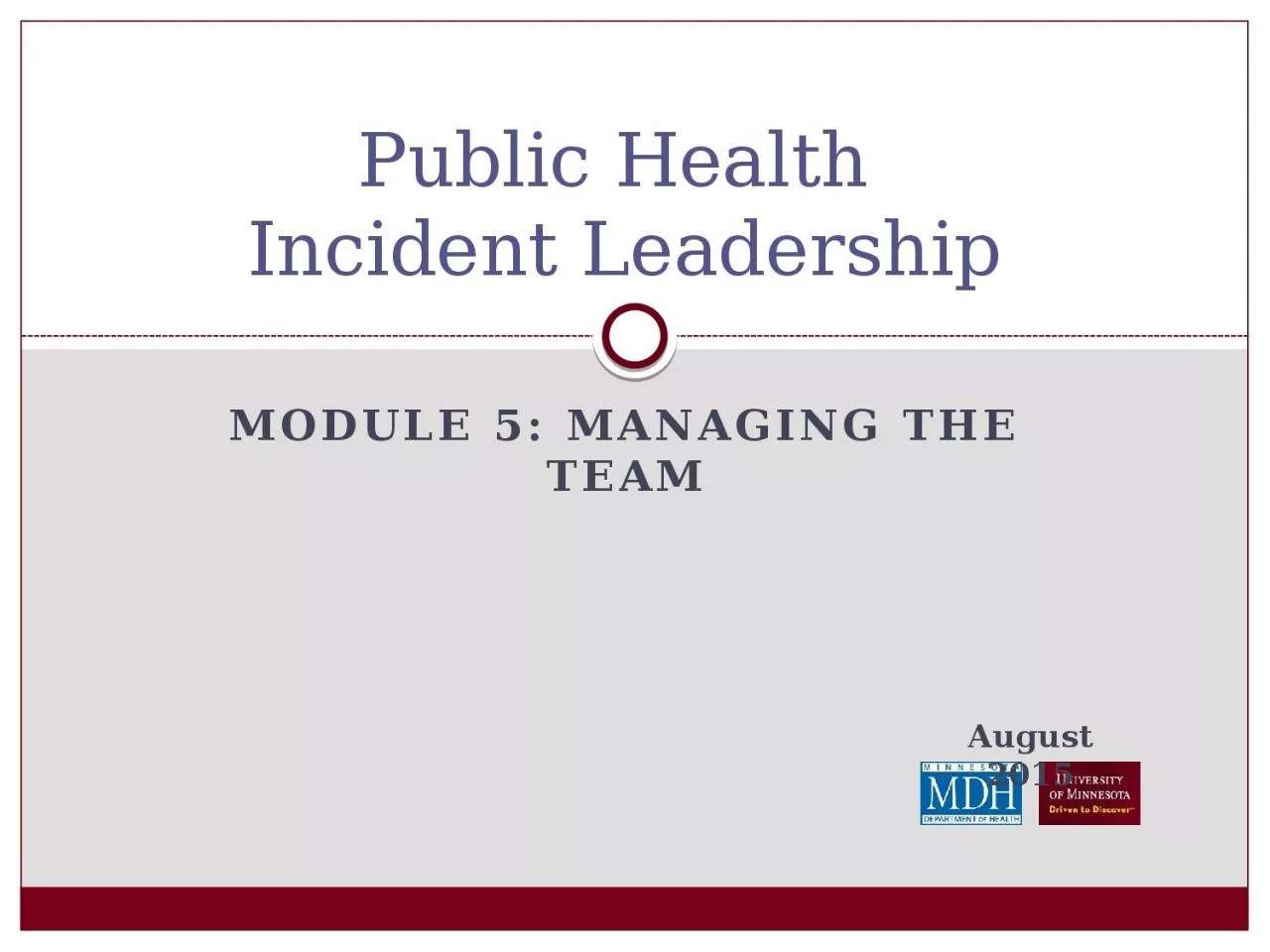


![IITian's PACE Education Pvt. Ltd. [DELHI NCR] All Batches TIME TABLE
.](https://thumbs.docslides.com/132863/iitian-s-pace-education-pvt-ltd-delhi-ncr-all-batches-ti.jpg)
